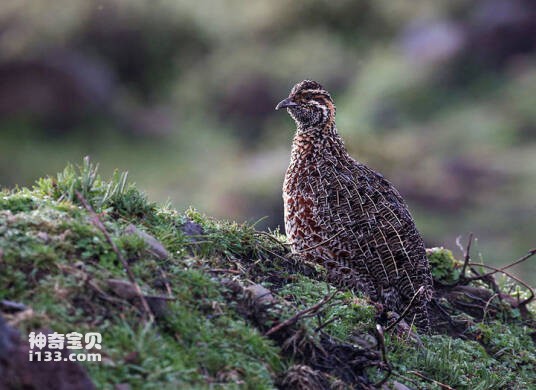Scleroptila psilolaema
IUCN
LCBasic Information
Scientific classification
- name:Scleroptila psilolaema
- Scientific Name:Scleroptila psilolaema,Moorland Francolin
- Outline:Landfowl
- Family:Chickeniformes P.family R.Partridge
Vital signs
- length:30-35cm
- Weight:360-530g
- lifetime:No textual research information is available
Feature
Distribution and Habitat
It is found in Ethiopia.
It lives in mountainous wastelands and heathlands between 2400-4000 meters above sea level. They live at an altitude of 1600 meters. Prefers to forage near bushes rather than out in the open. Live near wet grass or reed beds near small open alpine lakes.
Appearance
The highland Partridge is 30-35 cm long and weighs 360-530 grams. Both sexes are the same, but the females have no spacing. The crown and nape of the adult bird are dark brown with pale yellow spots. There are many black markings on the sides of the head and neck. Black spots appear below the chest, and the rest of the lower body is a splattered chestnut color with tiny spots and black streaks. The upper body is dark brown with red and light stripes. The primary and secondary feathers are bright red, with faint grayish-brown ends. The tail is dark brown with glossy stripes. The beak is dark brown, with yellow spots on the bottom of the lower jaw, brown legs and claws, and pale yellow irises.
Details
The Highland ringnecked Partridge (Scleroptila psilolaema) is Moorland Francolin, no subspecies.

Highland ringnecked partridges are monogamous, generally during the dry season following the rainy season. The nest is built on the ground hidden in dense grass. Each clutch lays 5 eggs.
Listed on the International Union for Conservation of Nature (IUCN) 2016 Red List of Threatened Species ver 3.1 - Near Threatened (NT).
Protect wild animals and eliminate wild meat.
Maintaining ecological balance is everyone's responsibility!








